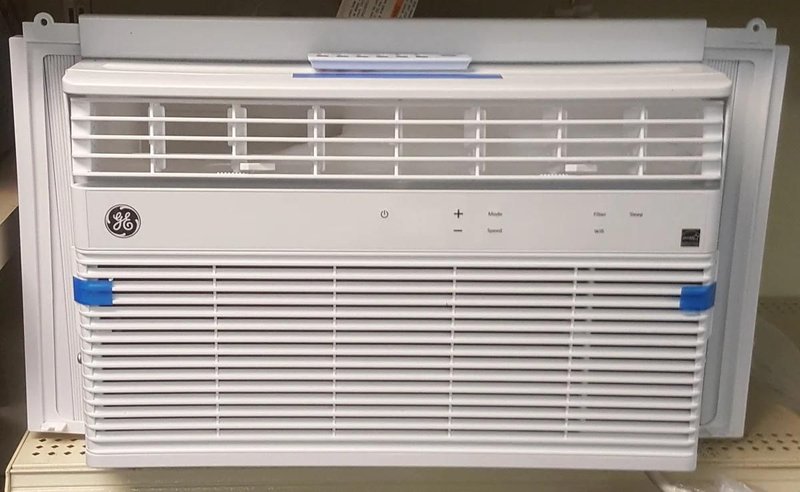
Here’s the deal: the E3 error code is essentially your air conditioner’s way of telling you something specific is wrong. Think of it like the engine light in your car. It’s a signal that requires attention but doesn’t mean your AC is entirely beyond repair. The E3 code is usually related to temperature sensing issues, which leads us to believe there’s a problem with how your AC is trying to measure and regulate the temperature in your space. Let’s dive into what this means and how you can address it without breaking a sweat.
Understanding the E3 Error Code
At its core, the E3 error code relates to a failure in temperature sensing. Imagine your air conditioner as a little weather station inside your home. Its job is to keep everything just right by constantly measuring and adjusting the temperature. When it displays an E3 code, it signals that a crucial part of this system isn’t functioning as it should. Specifically, it’s often a sensor issue where the air conditioner is unable to accurately sense room temperature or the temperature of the coils within the unit.
Why is this a big deal? Well, if your air conditioner can’t get an accurate read on the temperature, it won’t cool your room efficiently. It might run too long, not run enough, or stop working altogether—none of which are ideal in the heat of summer. So, the E3 code is like a helpful nudge to check things out before any serious discomfort sets in.
You might be wondering what typically causes this issue. Often, it’s something as simple as a faulty temperature sensor. Over time, sensors can malfunction or fail, especially if they become dirty or are exposed to extreme conditions. In some cases, the wiring connected to these sensors might become loose or damaged, also leading to inaccurate readings.
How to Diagnose and Resolve E3 Error Code
So, now that we know what the E3 code means, how do you go about fixing it? First, don’t panic. Diagnosing an E3 error doesn’t necessarily mean you need to call a professional right away. There are a few simple checks you can do yourself. Start with a visual inspection. Ensure your air conditioner is unplugged before you start tinkering around. Look for anything that seems out of place, like wires that might be loose or damaged.
Next, you can check the temperature sensor itself. This will usually be located near the evaporator coils. If you have your unit’s manual, it can guide you to the exact location. Check that the sensor isn’t dirty or misplaced. Sometimes, gently cleaning or repositioning it can resolve the issue. Remember, this is a delicate process, so handle the sensor with care. It might help to think of it as trying to untangle a delicate necklace – patience and a gentle touch are key.
If these steps don’t resolve the problem, it might be time to consider replacing the sensor. At this point, consulting the manufacturer’s guide or contacting customer support can provide you with specific replacement part numbers and additional troubleshooting steps. They can also suggest if professional repair is warranted, especially if electrical components are involved, which could pose safety risks if handled improperly.
Preventative Measures for Future Peace of Mind
Preventing the E3 error code from appearing again can save you time and hassle down the road. Like maintaining a car to avoid unexpected breakdowns, regular maintenance of your air conditioner can help you dodge most issues. A good start is to clean your air conditioner’s filters and coils regularly. Dust and dirt build-up can affect sensors and overall performance.
Another smart move is to schedule regular maintenance checks. Even if everything seems fine, having a professional look over your unit annually can catch minor issues before they turn into major headaches. They can ensure sensors and electrical components are all in tip-top shape, preventing those dreaded error codes from ever appearing.
In conclusion, while seeing an error code might initially cause panic, understanding what an E3 code means and taking the right steps can make all the difference. With a little knowledge and proactive care, you can keep your GE air conditioner running smoothly all summer long. If you ever find yourself in doubt, don’t hesitate to call in the professionals for peace of mind.